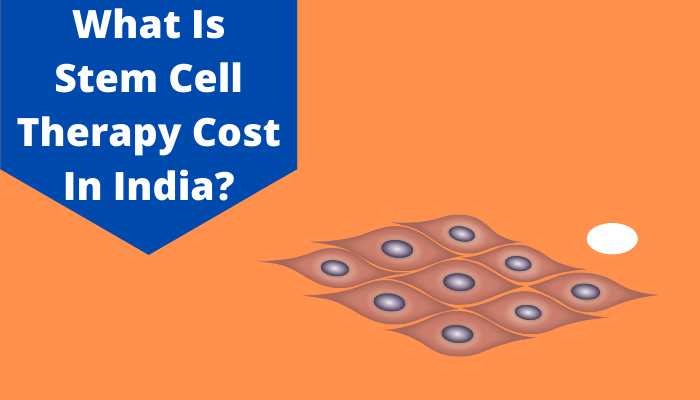A detailed guide on how Cashless Claim Settlement works
Most people do rigorous homework while opting for health insurance policies to safeguard themselves and their family members in the best possible way. But people often overlook the claim settlement process while purchasing a health insurance policy. The traditional claim reimbursement model is a tedious and time-consuming process because the policyholders need to pay from their pocket at the time of hospitalization. And, then they can submit all imperative documents for the incurred medical expenses after getting discharged from the hospital. In the case of any misplacement of the documents or delay in the submission, your claim might get rejected. Here comes a cashless claim settlement process that rescues people from an intricate claim reimbursement process and also lessens their financial burden.
What is Cashless Claim Settlement?
In a cashless insurance claim process, all your hospital expenditures are directly settled by your insurance company. For a cashless claim health insurance process, you don’t need to pay a single penny from your pocket; rather, your insurer bears all expenses on your behalf.
Types of cashless health insurance policies in India
There are three types of policies under the cashless mediclaim process in India. They are:
- Cashless family floater health insurance
Under this type of cashless health insurance policy, the main insurance policy begins with the proposer, and the individuals who are covered under this policy are known as family members. The cashless facility is applicable for all beneficiaries in the case of hospitalization.
- Cashless Individual Health Insurance
Under this cashless individual health insurance plan, only the purchased policyholders can enjoy the benefits of cashless treatment for hospitalization.
- Cashless Senior Citizen Health Insurance
This type of cashless health insurance policy offers coverage and benefits to senior citizens. The policy compensates for expenses like ambulance, hospitalization, and much more based on the terms and conditions.
Procedure for cashless mediclaim
Health insurance companies partner with many leading hospitals after verifying the quality of the healthcare services provided by them. After mutual agreement, the insurance companies offer the best possible rates to these hospitals for various healthcare processes. These impaneled hospitals are known as network hospitals. If you choose a network hospital of your insurance company, your insurer directly pays the bill to the hospital. Every insurance company has its TPA (Third Party Administrator) that is used to coordinate and settle the bill with the hospital. There are two ways by which you are eligible for a cashless facility for your treatment.
Planned Hospitalization
In the case of planned hospitalization, you need to intimate your insurance company at least 3-4 days before hospitalization. Firstly, you need to choose a nearby network hospital from the list of network hospitals of your insurance company. Now, fill up the pre-authorization form mentioning all the details of your health. Submit this form to the desk of the hospital during the time of admission. The concerned person at the insurance desk will notify and fax or email it to TPA. The TPA will verify all the details and either decline or approve your claim request. Once it is approved, the hospitalization expenses are paid by your insurance provider.
Emergency Hospitalization
Emergency hospitalization occurs in case of medical emergencies like an accident, injury, or critical illness. By informing your insurance company or TPA, you can enjoy cashless mediclaim for your treatment. You just need to display your health card at the hospital and must fill up the pre-authorization form properly. Then, the insurance desk will notify the company regarding the cashless treatment process. Sometimes, insurers mention a deadline for intimation in the policy. So, check all the terms and conditions properly before purchasing a health insurance policy.
Benefits of the cashless claim process
- The policyholders are eligible for emergency medical treatment without paying a single penny from their pockets.
- No formal paperwork or documentation is required. Thus, this process is less tedious and convenient
- Since your insurer directly pays to the hospital thus, this claim process is hassle-free
- Since your claim is paid during hospitalization; hence there is no waiting period
- A plethora of advantages, including easy transfer of policy, process validity outside India, and tax-saving benefits
Some prominent features of a cashless health insurance plan
Below are some striking features of a cashless claim in the health insurance policy.
- Planned or emergency hospitalization
- Pre-and Post-hospitalization expenditures
- No Claim Bonus(NCB)
- Network Hospitals
- Preventive health check-ups for policyholders
- Ambulance cost coverage
- Daycare treatment expenses
- Domiciliary treatment coverage
- Critical illness coverage
- Free-look period
Cashless claim policy exclusions
Though most cashless claim policies cover all emergencies and medical conditions, still, certain things are not covered by the policy. Check the list of exclusions for the cashless claim policy
- Pre-existing health conditions like HIV/AIDS
- Injuries caused by terrorist acts or war
- Non-medical expenses
- Self-claimed injuries like suicide attempts
- Drug or alcohol abuse
Most cashless health policies cover normal expenditures like ambulance charges, pre, and post-hospitalization costs, critical illnesses, and in-patient hospitalization costs.
Among reimbursement and cashless claim models, the cashless health insurance process is always a better option. A cashless claim in health insurance is advantageous under healthcare emergencies where the ailing patient or their family members may not be able to arrange the money for the treatment. That’sThat’s why many insurers have started offering a spectrum of benefits on cashless mediclaim policies to meet the growing healthcare needs. Cashless mediclaim will get renewed every year throughout the lifetime of the policyholder.




























